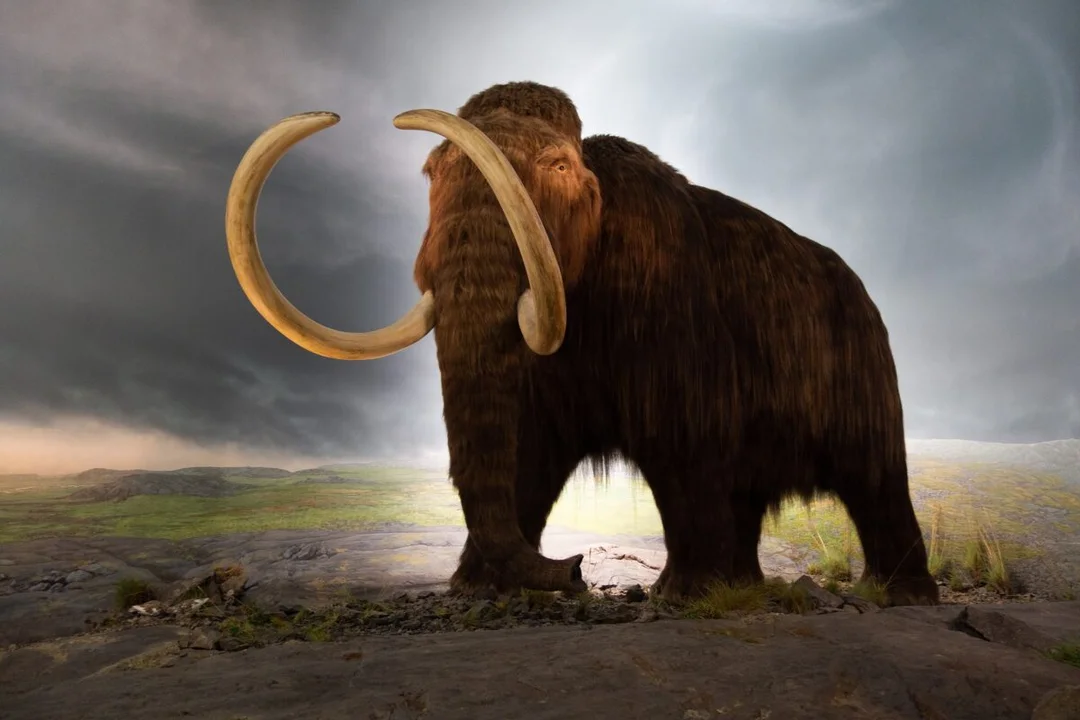
The Dangers Of De-Extinction: A Call For Conservation Over False Hope
Last month, Colossal Biosciences, a U.S.-based biotech company, sparked controversy by unveiling genetically modified gray wolves dubbed "dire wolves," a species that vanished over 10,000 years ago. While some celebrate this as an exciting advance in synthetic biology, ecologist Dieter Hochuli argues that the term "de-extinction" is misleading and dangerously promotes complacency in conservation efforts. Hochuli shares his insights, warning that pretending to revive extinct species creates a false sense of security that could undermine vital resource allocation to existing conservation projects which are already underfunded.
Hochuli articulates that extinction is a finality akin to death; it is an irreversible event that carries lessons about human impact on biodiversity. His view is that such claims of "de-extinction" encourage a dangerous misconception that biodiversity loss can be remedied merely through biotechnology, rather than through sustained conservation efforts. "I feel like it’s greenwashing to claim that it’s having a conservation outcome," Hochuli explains. Instead, he advocates for focusing on preserving current ecosystems and species, emphasizing that we already know how to support at-risk species effectively.
The very essence of Hochuli's argument lies in his call for investment in established conservation practices rather than indulging in speculative technological remedies. He draws attention to successful cases of conservational biology that emphasize long-term efforts over quick fixes. For instance, any reintroduction program of species, such as those designed to reestablish populations of the northern quoll affected by invasive species like the cane toad, is fraught with challenges. The stark reality is that existing methods often yield low success rates, indicating a pressing need for practical approaches instead of fantastical solutions.
While firms like Colossal Biosciences cite potential benefits from their genetic advancements, Hochuli remains skeptical of their efficacy. He cautions that claims surrounding the promotion of conservation outcomes through de-extinction work can divert funding from crucial conservation initiatives, noting that current conservation efforts struggle to secure sufficient resources. Investments are often not in a vacuum; there exists an intricate web of competition for finite resources.
In stark contrast, Hochuli underlines the need for a broad and inclusive approach to conservation that addresses the root causes impairing species and ecosystems today. He advocates that as ecologists, we should learn from past extinctions and focus on effective conservation measures that work outside the political cycle.
Ultimately, Hochuli’s insights pose a thought-provoking question for both the public and policymakers: Can we truly afford to put our faith in de-extinction at the expense of proven conservation strategies? As we explore the terrain of genetic engineering in conservation, we must reflect on our responsibility to safeguard the irreplaceable species and habitats currently teetering on the edge of disappearance. It's imperative for us to prioritize cultivation over resurrection, addressing ongoing environmental issues with sincere dedication. What are your thoughts on de-extinction vs. conservation? Should we focus more on technocratic solutions or invest in grounding established methods? Leave your comments below.
Latest
Can you Like
In a world increasingly marked by extinction and loss of biodiversity, a new and fascinating venture is emerging. Ben Lamm, a Texan entrepreneur, has established Colossal—one of the pioneering compani...
In a groundbreaking yet controversial move, biotechnology company Colossal Biosciences has announced the successful creation of the first pups of the long-extinct dire wolf, sending ripples through th...
In a groundbreaking scientific revelation, the concept of de-extinction is taking center stage, thrusting ancient species such as the dire wolf and woolly mammoth into the spotlight. But what does it ...